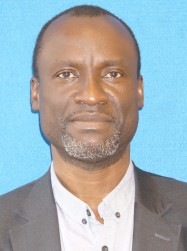BibTex format
@article{Zhang:2017:10.3390/s17040663,
author = {Zhang, X and Zhan, X and Feng, S and Ochieng, W},
doi = {10.3390/s17040663},
journal = {SENSORS},
title = {An Analytical Model for BDS B1 Spreading Code Self-Interference Evaluation Considering NH Code Effects},
url = {http://dx.doi.org/10.3390/s17040663},
volume = {17},
year = {2017}
}

